Friday, June 13 / 8:00 p.m. / Church of St. Barbara
BIBIK & SHOSTAKOVICH vs. RACHMANINOV
Dmitri Shostakovich: Piano Trio No. 1 in C minor, op. 8
Alexandra Conunova – violin, Jiří Bárta – violoncello, Konstantin Lifschitz – piano
Valentin Bibik: Sonata No. 1 for Violin and Piano
Milan Pala – violin, Katarína Palová – piano
Interval
Serge Rachmaninov: Trio Élégiaque No. 2 in D minor, Op. 9
Alexandra Conunova – violin, Jiří Bárta – violoncello, Konstantin Lifschitz – piano
About programme
„“Ukrainian composer Valentin Bibik happens to be one of the most important personalities in my musical life,” confesses tonight’s violinist, Milan Pala. “My first encounter with his music absorbed me so completely that I simply felt obliged to get to know his entire compositional legacy.” The composer’s complete works for violin are available on an album which the violinist made together with his wife. Valentin Bibik (1940-2003), a composer of symphonies, concertos and an extensive body of chamber works, studied at the conservatory in his native city of Kharkiv, and subsequently taught in St Petersburg. From 1998, he lived in Israel. He was one of the first Ukrainian composers to turn, during the 1960s and 70s, to contemporary musical idioms, at the same time endeavouring to harmonize traditional devices with innovations ushered in by avant-garde European music.
The Sonata for Violin and Piano is one of the finest products of the late period in the career of Dmitri Shostakovich (1906-1975). A chamber composition of unassuming solemnity and a sweeping scope, this sonata was written in the autumn of 1968, to mark the sixtieth birthday of the composer’s close friend, the celebrated violin virtuoso David Oistrakh. Its music intertwines fascination by the twelve-tone technique with a deliberate bow to the Bachian counterpoint. The composer was attracted by the disciplined approach to harmony and motivic work offered by twelve-tone music, where the guiding principle dictates that no note of the chromatic scale may be repeated – indeed, a highly rational and at the same time “mathematically cool” compositional method. To be sure however, Shostakovich does not stick to it in anything like an orthodox manner, managing to embue both parts with a powerful emotional charge. In its turn, the sonata’s second movement ushers the listener into a thoroughly different world, one betraying the composer’s gift of irony, untamed temperament, with echoes of influence by klezmer music, all of that once again structurally bound by the ancient principles of polyphony. The work’s long finale opens on a heroic introduction which is followed by a series of variations in the form of passacaglia over a theme first rendered by the violin´s pizzicato, a device which returns us once again to the world of Bach. Evidently there Shostakovich had in his ears the tones of that most famous of Bach’s pieces for violin, the monumental Chaconne from this third solo partita.
The Trio Élégiaque No. 2 is a composition dating from Serge Rachmaninov’s early period (written in his twentieth year), and yet it already betrays much of his later characteristic style. Rachmaninov then joined the entire world of music in its grief at the death, at the age of 53, of Tchaikovsky. He modelled his trio on Tchaikovsky’s celebrated piece for the same combination, in which the opening Moderato recurs in the finale. Here, the respected virtuoso pianist wrote for himself a highly elaborate piano part including a long cadenza. The second movement, again like that of Tchaikovsky’s trio, offers a sequence of variations making use of the mournful theme from his own orchestral tone poem The Rock, whose performance Tchaikovsky had been expected to conduct.
Text: Dita Hradecká